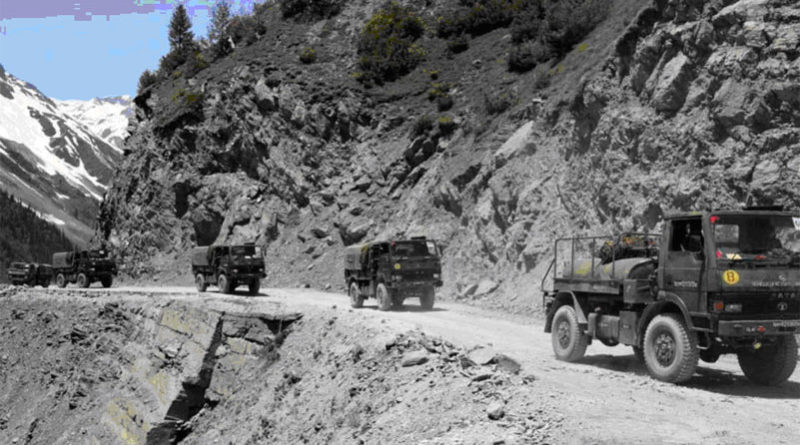India’s Military Theatre Commands Could Be Delayed As There’s No Consensus On Basic Structure
17 June 2021
New Delhi: The rolloutof the military theatre commands could be delayed as all stakeholders, including the three Services, are not on the same page when it comes to its basic structure, which seeks to usher in a joint war fighting strategy similar to that of the US and China, ThePrint has learnt.
Sources in the defence and security establishment said that while a united and cohesive approach to war fighting is the way ahead, the big dilemma facing the government and the armed forces is whether to have theatre commands based on challenges or be country specific.
Multiple issues came up for discussions at a crucial high-level meet, which was held last week to discuss the draft note that will be sent to the Cabinet Committee on Security (CCS) for approving the creation of theatre commands.
Sources said that all relevant stakeholders have been asked by the government to sit together and discuss the issues further so that all kinds of reservations or diverse thoughts are settled and everyone is on the same page.
Chief of Defence Staff Gen. Bipin Rawat, as the Secretary, Department of Military Affairs, has been tasked with “facilitation of restructuring of military commands for optimal utilisation of resources by bringing about jointness in operations including through establishment of joint/theatre commands”.
This envisages an unified military under specific commanders with area of responsibility, similar to Americans and the Chinese.
The CDS is keen to roll out two theatres first — the Maritime Theatre Command and the Air Defence Command.
While the initial target for the rollout of the theatre concept was by 2022, there have been multiple inputs it could happen earlier.
While the nearly 17-lakh strong Indian armed forces have 19 individual commands as of date, only two of them are tri-service commands — the Andaman and Nicobar Command (ANC) and the Strategic Forces Command, which looks after nuclear assets.
The idea is to cut down these different service commands to five theatres and functional commands like logistics and training.
Sources in the defence and security establishment said during the meeting held last week, a number of issues came up for detailed discussion.
Stakeholders Asked To Deliberate Further
During the course of discussion, it was felt that all stakeholders were not on board with the way the theatre commands are to be structured.
Also, some of the issues that came up for discussion fell into the domain of other ministries such as the home ministry since it involved the BSF and the ITBP, sources said.
Concurrence and discussions with the finance ministry is also important because the setting up of theatres and integration of various structures would have financial ramifications as well, the sources said.
Multiple sources that ThePrint spoke to stressed that the way forward is having a unified warfare strategy with integrated armed forces and assets.
“The whole issue is being looked into minutely. The way forward is unified commands or theatre commands,” a source said. “These changes will be long lasting and are the future of warfare. And hence it is important to get the process right.”
“One needs to see whether the theatres should be based on challenges or country specific,” a second source said.
Sources said that challenges mean adversaries — China and Pakistan. The other idea being to have one theatre command for the whole country to begin with.
Another issue that came up for discussion was who the theatre commanders would report to. In the US, which was the first to roll out theatre commands, the commanders report to the political leadership.
Sources said that under the current plans, at least five theatres are to be formed – Northern Land Theatre (Jammu and Kashmir, Ladakh and Central sector) Western Land Theatre (Pakistan centric), Eastern Land Theatre, Maritime Theatre Command and Air Defence Command.
Sources said that the nomenclature used also came under discussion with some expressing reservation over it.
Courtesy: The Print

